NASA's Hubble Telescope snaps RARE Lenticular galaxy
NASA’s Hubble Space Telescope has taken a snap of the unique Lenticular galaxy.
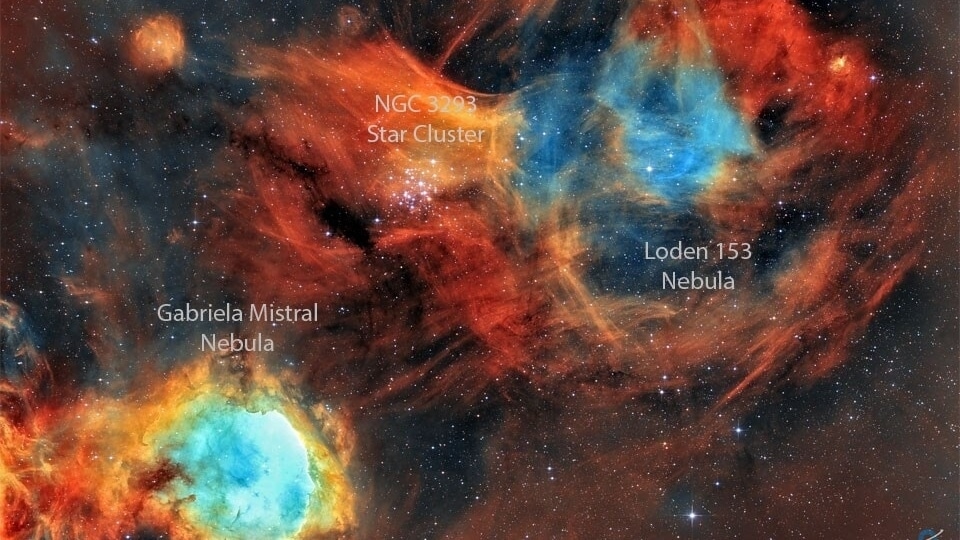

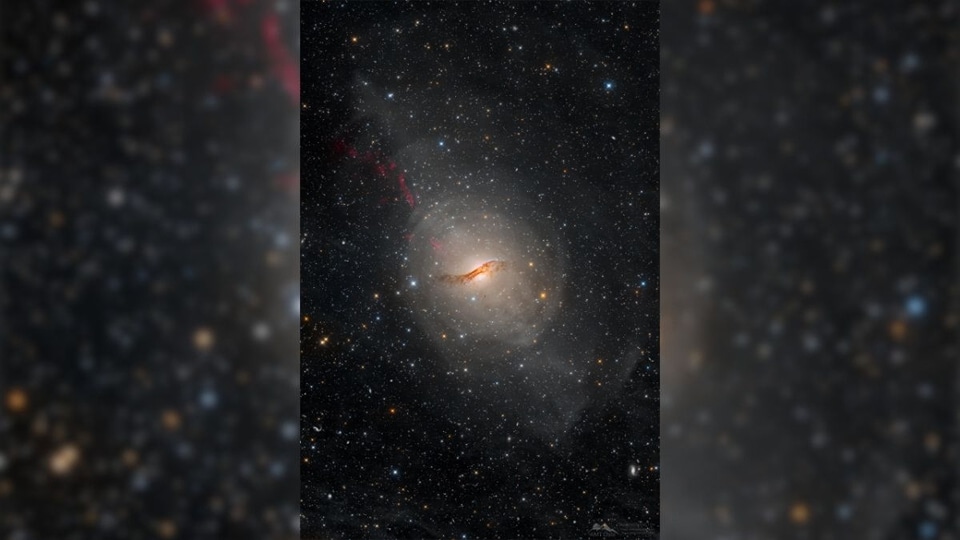
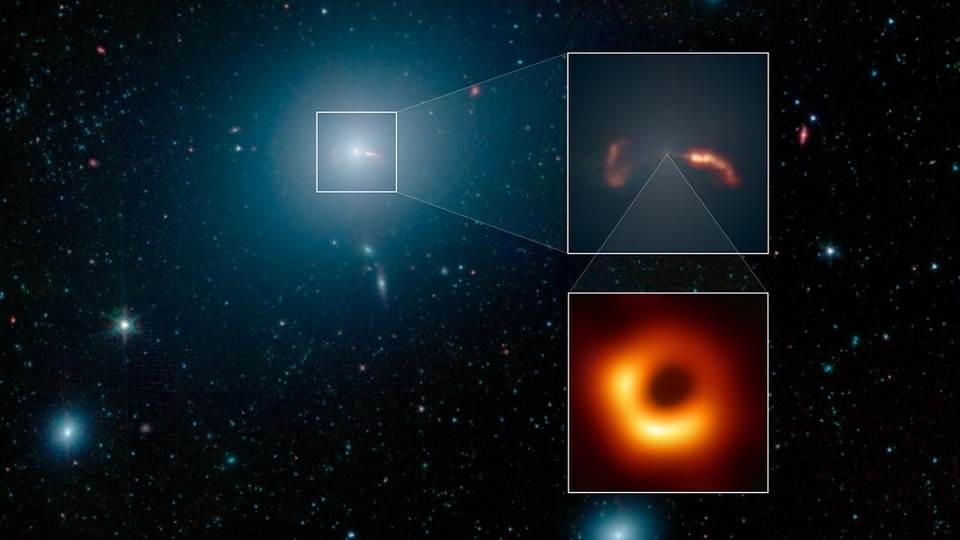
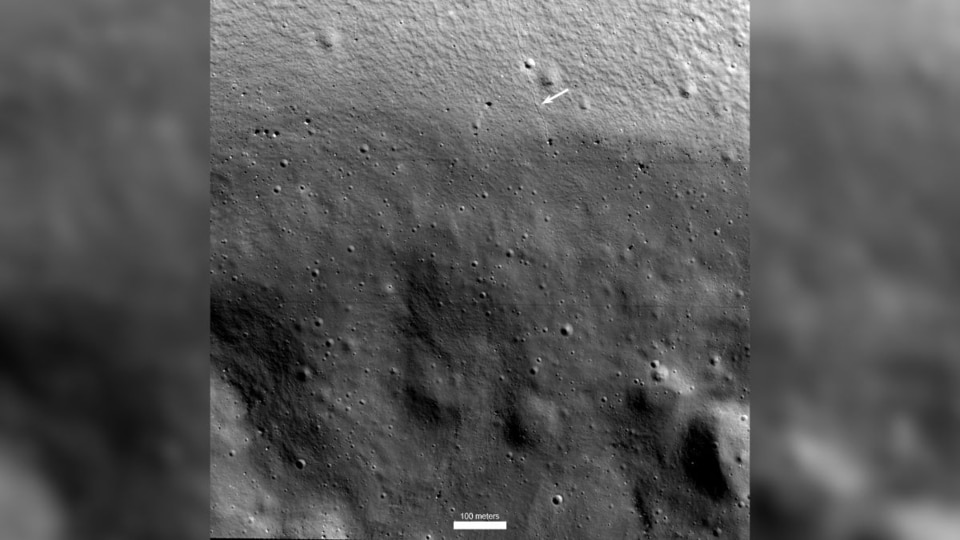
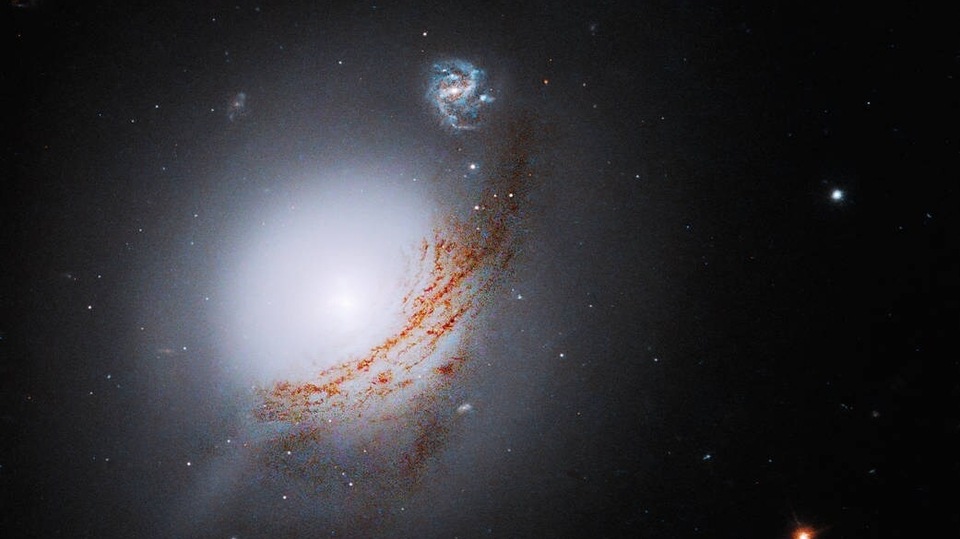
 View all Images
View all ImagesDespite decades of service and the launch of the latest James Webb Space Telescope, the Hubble Space Telescope has not stopped surprising scientists with its cosmic revelations. Recently, NASA's Hubble Telescope shared an image of lenticular galaxy NGC 5283. It contains an active galactic nucleus (AGN), which is an extremely bright region at the heart of a galaxy where a supermassive black hole exists. As matter falls into a black hole, it produces a release of energy that emits light throughout the electromagnetic spectrum due to the heating of the dust and gas.
What is a Lenticular galaxy? NASA says that it possesses characteristics of both spiral and elliptical galaxies. They share the central bulge and disk features of spiral galaxies, but they lack the spiral arms. Similar to elliptical galaxies, lenticular galaxies contain an older population of stars and have minimal ongoing star formation.
Scientists have developed a few hypotheses to explain the evolution of lenticular galaxies. One theory suggests that they are aging spiral galaxies in which the spiral arms have gradually faded. Another possibility is that lenticular galaxies formed as a result of mergers between spiral galaxies.
About NGC 5283 galaxy
NGC 5283 is classified as a Seyfert galaxy, which comprises around 10 percent of all galaxies. What sets Seyfert galaxies apart from other galaxies containing AGNs is that their galactic structure is clearly visible. In contrast, other AGNs emit such a high amount of radiation that they overpower their host galaxy, making it difficult to observe its structure.
Hubble observed NGC 5283 as part of a survey to collect data on nearby AGNs. This dataset will serve as a valuable resource for astronomers studying various aspects of AGN physics, black holes, host galaxy structures, and more.
Hubble Space Telescope
NASA Hubble Space Telescope was launched and deployed by the space shuttle Discovery in 1990. It has made more than 1.5 million observations over the course of its lifetime! More surprisingly, NASA has revealed that Hubble Telescope was designed to last roughly 15 years when it was launched in 1990.
Catch all the Latest Tech News, Mobile News, Laptop News, Gaming news, Wearables News , How To News, also keep up with us on Whatsapp channel,Twitter, Facebook, Google News, and Instagram. For our latest videos, subscribe to our YouTube channel.
































